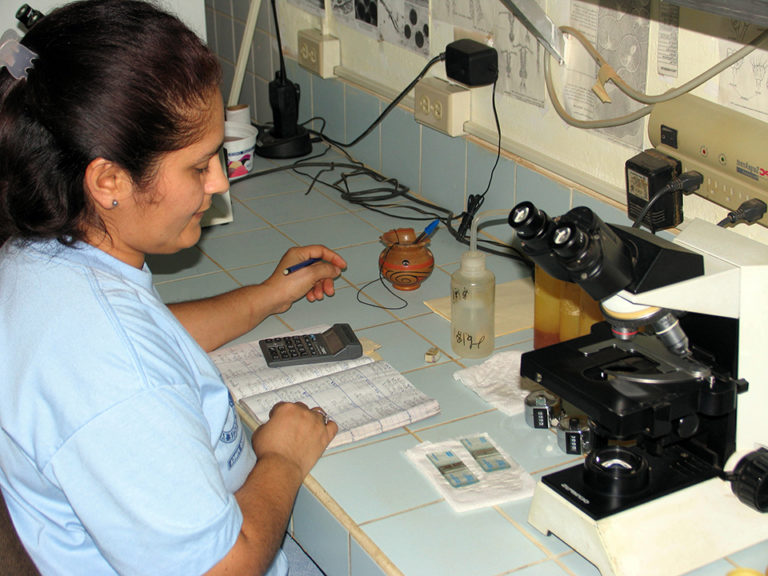
Health & Welfare
Effective management of WSSV in shrimp
As research on WSSV continues, commonsense steps can lessen the potential impacts of white spot syndrome virus on shrimp-farming operations.
Aquafeeds
Live diets for reared marine larvae must be cost-effective and versatile while providing good nutrition and being easily captured and digested. Copepods offer superior nutritional value, but their rearing requires space and is laborious.

Health & Welfare
As research on WSSV continues, commonsense steps can lessen the potential impacts of white spot syndrome virus on shrimp-farming operations.
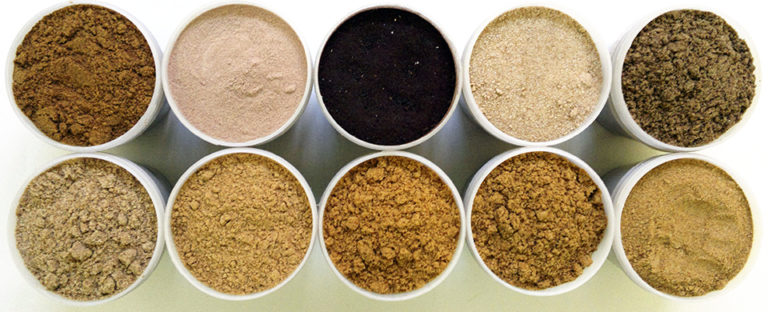
Aquafeeds
The authors conducted a study to determine how replacement of salmon meal with various animal protein meals in feed affected the growth performance of white shrimp.
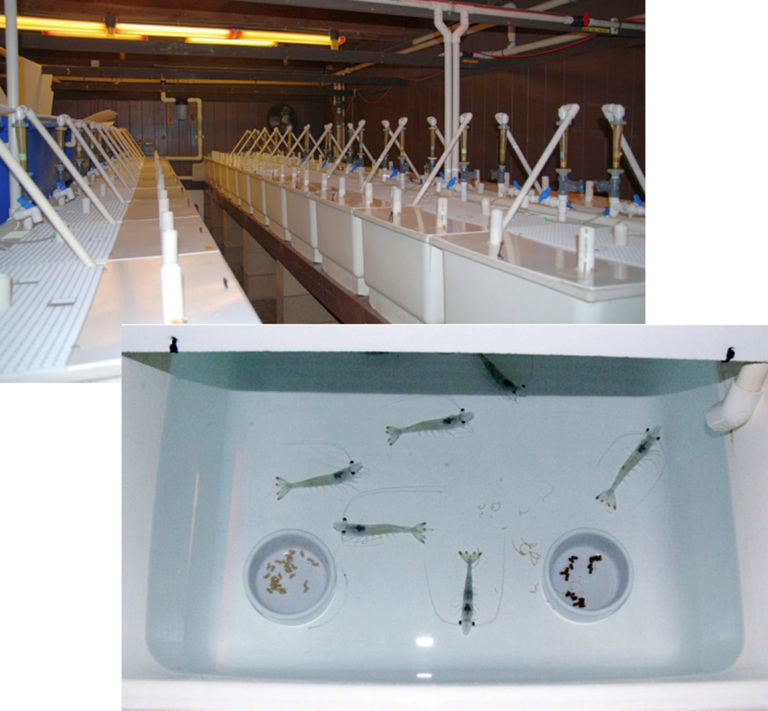
Health & Welfare
New cost-effective additives, such as fishery byproducts, will likely be needed to meet the increasing demand for feeding stimulants by aquafeed producers.
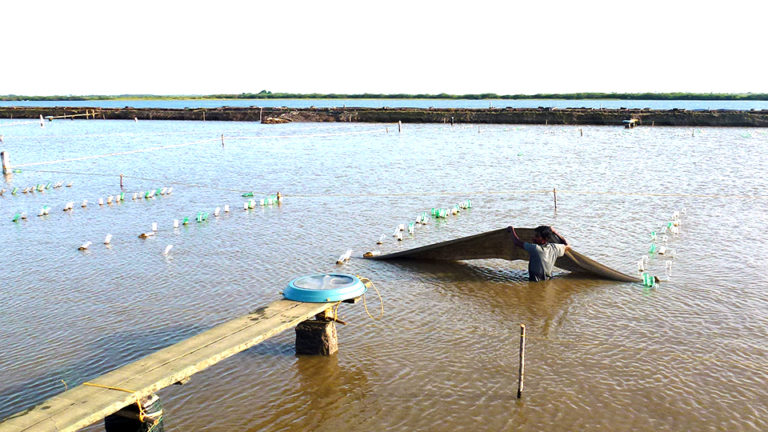
Health & Welfare
Measurements of nitrogen isotope uptake can enable more efficient study of feed utilization in whole aquaculture pond systems.
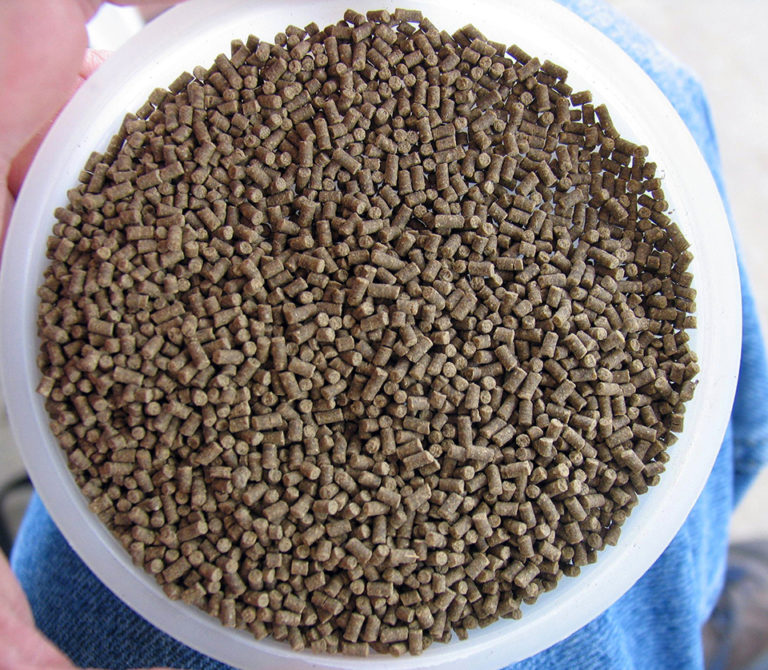
Health & Welfare
Shrimp farm performance can often be below realistic production standards. Use proven nutrition, feeds and feeding techniques to improve profitability.
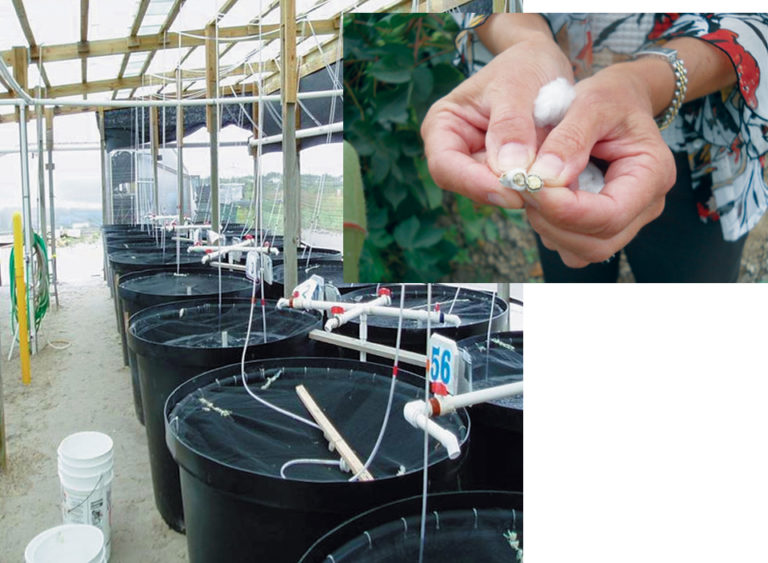
Aquafeeds
Cottonseed meal is high in protein and less expensive than fishmeal and soybean meal. Cotton plants can be engineered without gossypol in their seeds.
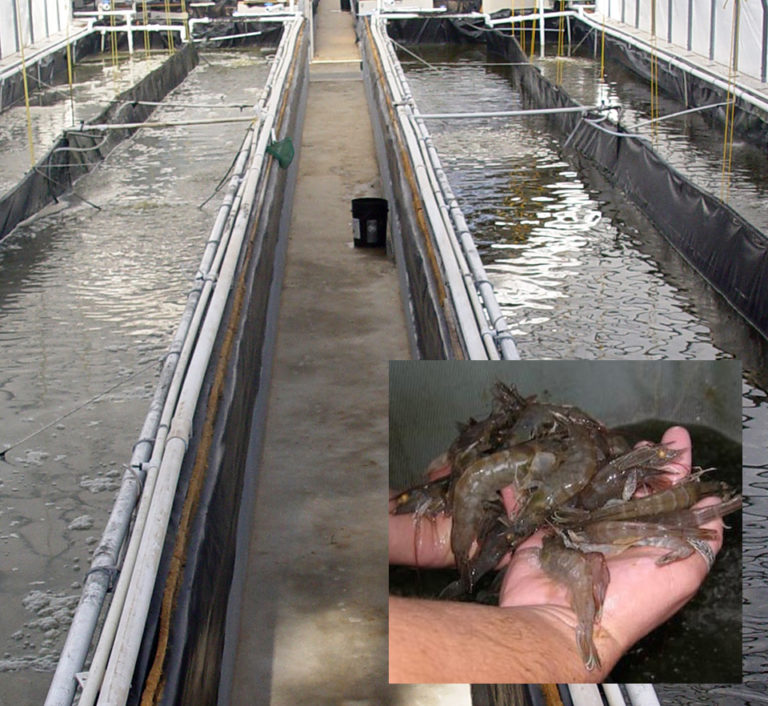
Health & Welfare
In an experiment comparing two biofloc concentrations, shrimp grew larger and faster in low-solids, with no significant differences in survival, FCR or final biomass.
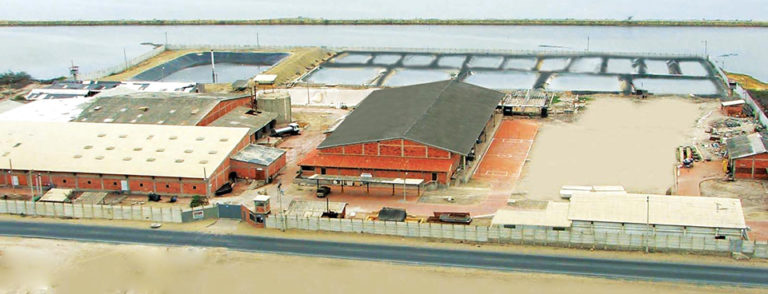
Health & Welfare
The authors are exploring alternative models for shrimp breeding that address genotype-environment interactions with solutions that could advance breeding in South and Central America.
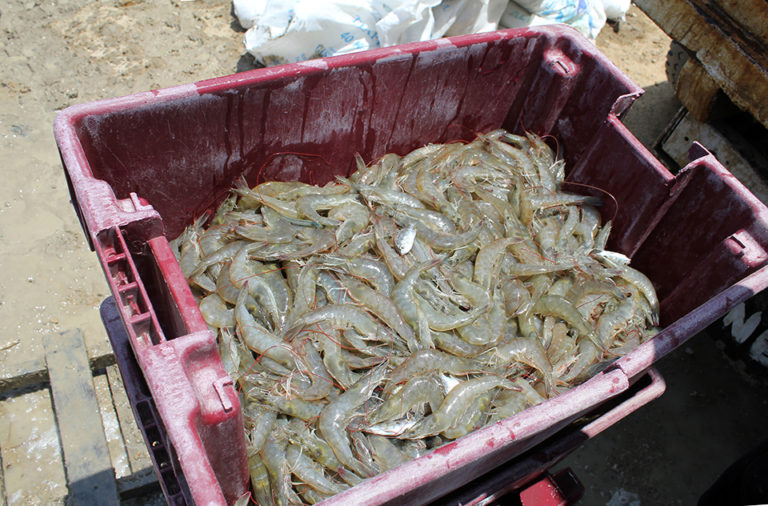
Health & Welfare
A proposed new metric, the production productivity index, or PPI, reports daily production for shrimp postlarvae. The new metric converts production data into relative terms, allowing meaningful comparisons across farms and individual ponds regardless of production days, pond size or stocking density.
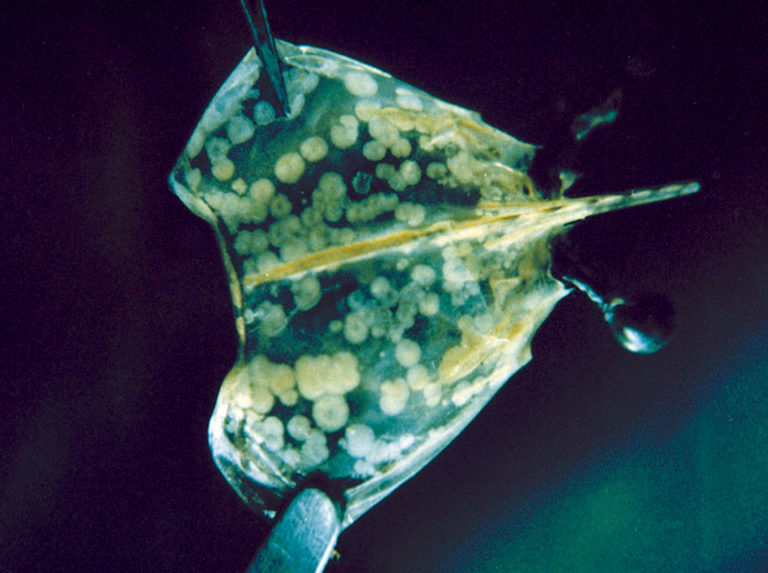
Health & Welfare
Key to avoiding the cyclical rise and fall of production and prices is the move toward controlled reproduction of shrimp to perform within the structure chosen, whether that is disease coping or disease avoidance.
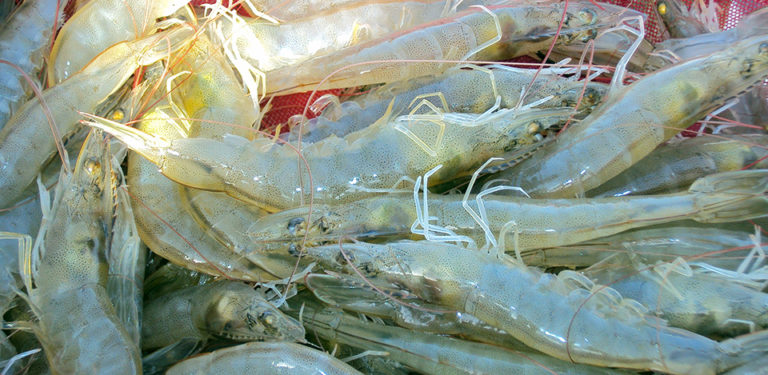
Health & Welfare
Achieving higher growth rates in shrimp can reduce risks, cut costs and increase economic opportunities. The amount of additional growth that is achievable is related primarily to shrimp genetics.

Health & Welfare
A technique based on checking the color of the shrimp intestine can complement the use of feed tables and trays, which are less effective at high temperatures, when no leftovers are found.
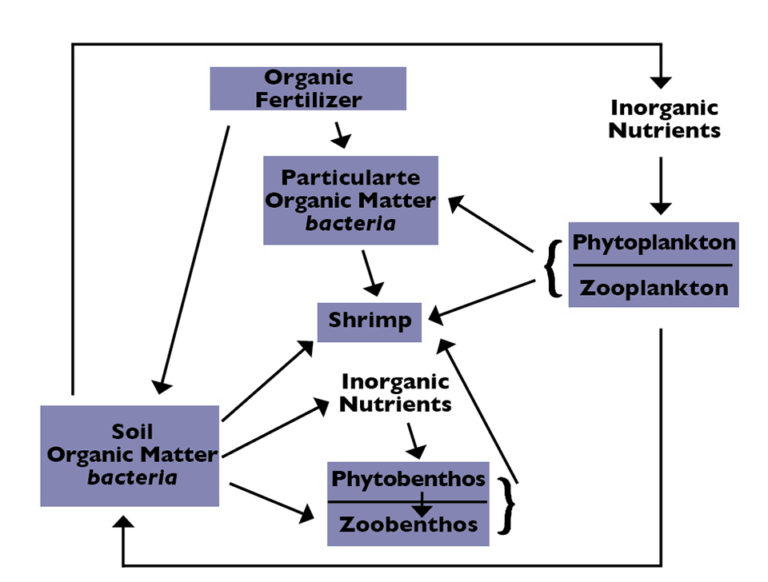
Responsibility
Animal manures, grasses and other organic matter have been widely used as fertilizers in aquaculture ponds. The fertilizers decompose and release nutrients that promote the growth of phytoplankton and enhance the base of the food web.
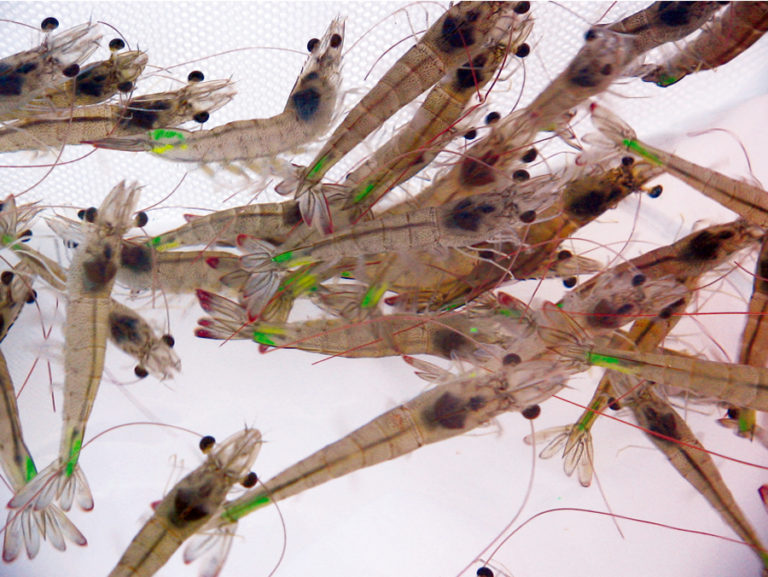
Health & Welfare
The Shrimp Book, published in 2010, brings together experts from around the world to fill the critical need for a central reference source on the state of shrimp production practices.
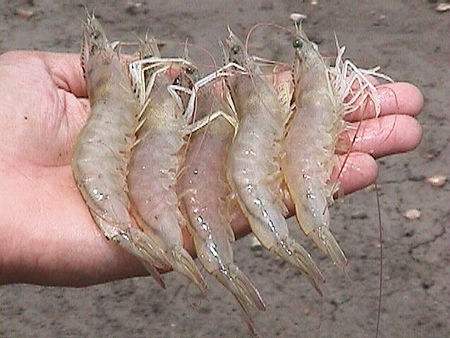
Health & Welfare
In a study with pangasius, dietary administration of a blend of botanical extracts improved performance, reducing intensity of gill parasite infestation.